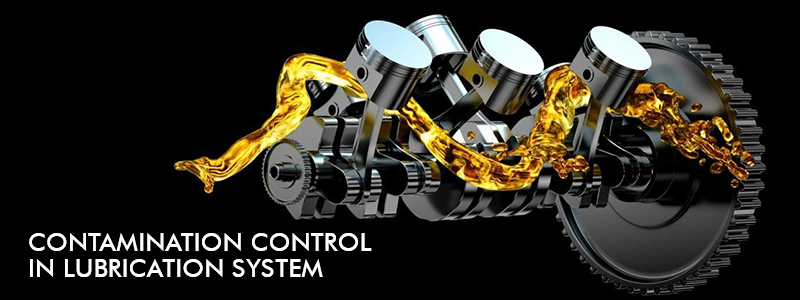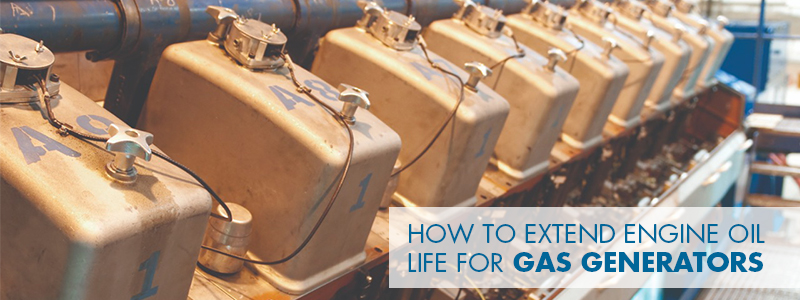
Motorcycle Riding Tips on Hot Summer Days
July 29, 2021
Strategies To Control Contamination in Lubrication System
September 14, 2021Whether you are operating heavy duty on- or off-road vehicles or fixed industrial equipment, it pays to have a used oil analysis performed routinely by a specialized lab. Checking the oil that’s flowing through your equipment for contaminants and general stability helps you determine appropriate drain intervals and helps protect your equipment by uncovering the causes of wear.
Collecting oil samples is not as easy as it sounds, and companies need to recognize the importance of good sampling practices. The lab is going to be looking at particles of less than 10 microns in size. If particles in the air, or from external sources, get into your sample after you’ve taken it, which can easily happen, it will skew your results. Regularly used oil analysis can help extend equipment life and optimize lubricant life, avoid unforeseen breakdowns and reduce maintenance costs.
Following a few simple Do’s & Don’t can ensure you get a good, clean sample that is representative of the oil in your system.
Do’s:
DO sample from running machines
It’s best to sample from an active stream in the system, while the equipment is running and the oil is fairly warm. What’s most important, however, is sampling from the same place consistently. Otherwise, you might see widely varying results from one analysis to the next.
Take samples at regular intervals
Oil analysis works best when the analyzed data provides monitor able trends. If you wait too long between samples — say 1,000 hours versus 100 — you are bound to see signs of wear that appear abnormal. Sample often enough and regularly so the lab can establish a good baseline to monitor change in your system.
Collect samples from monitored components
Do collect samples upstream from filters and downstream from monitored components. Filters remove foreign materials and wear particles from lubricants. If your sample collection point is immediately downstream from a filter, you may not see revelatory wear metals in your oil analysis report because the filter removed them.
Assign a designated sampler
Ideally, you will have one person who becomes familiar with the process to ensure consistency.
Fill out all the appropriate paperwork
One of the most common errors people make is going through all the effort to properly collect a sample and forgetting to fill out vital information on the paperwork before sending the sample to the lab. Always double check ALL the information has been filled out before shipping your sample.
Sample Location
The sampling location should be between the lubricated asset and the oil filter. Get your samples to your oil analysis laboratory without undue delay.
Don’t:
Never sample from the drain pan
Some people think it’s the easiest place to take a sample, when in fact it is full of contaminants from earlier drains and debris around the drain plug.
Don’t use dirty or wet bottle
Don’t open the bottle until you’re ready to take the sample. Make sure it is clean and seal it quickly once you have the sample. You’re probably only taking around 4 oz. To represent a reservoir holding hundreds or even thousands of gallons of oil. The lab will use only a fraction of that for each of the many tests it performs.
Don’t fill the bottle to the top
Leave a little room in the bottle so the lab technician can shake it up to disperse particles that have collected at the bottom.
Don’t waste time
DO NOT wait more than 24 hours to send samples out. As mentioned earlier, oil sampling is much like taking a snapshot of your system at a point in time. The health of a lubricated system can change dramatically in a very short period of time.
Don’t cold sample
Take the sample during standard operating conditions. If this isn’t possible, aim to sample as soon after shutdown as possible. Don’t leave samples sitting on a shelf until the end of the year. Send them immediately, and then check the results when you get them.
Don’t risk your safety
Avoid areas of restricted flow and were settling of wear products or contaminants is likely. Never do anything to jeopardize your health and safety or that of your colleagues.
Oil analysis has a wealth of benefits for those who utilize it. This do’s and don’ts list for oil sampling could go on and on. Each and every system will have unique and specific considerations for what to do and not do when sampling.



